There’s no denying the great work charities are doing across the globe, for all kinds of worthy causes. There’s also no denying that technology can boost these efforts and their effects massively. Yet there persists a serious need for digital transformation in the charity sector. Sadly, it’s an industry which has generally struggled to keep up with digital developments. When you think of just how much charities – and their beneficiaries – can gain by the third sector investing some time and money into newer technologies, it seems a tragedy not to do so. So if you’re ready to embrace digital transformation in the charity sector, read on!
Digital transformation and the charity sector – is it really falling behind?
It is, inevitably, a generalisation to say that the whole charity sector needs digital transformation. Even as a layperson, plenty of news articles tell a different story. Some charities have even been making use of futuristic virtual reality! Cancer Research, for example, uses it to let donors see its labs and learn about the work they’re doing. That way, the charity not only engages and involves donors through technology, but helps tackle the demands for greater transparency and accountability in the third sector.
However, cases like this are more of an exception than the rule. While it is a generalisation, the trend is still that charities are slower to pick up technology than other industries. Charity Digital (formerly Tech Trust) even found that most charities don’t have any digital strategy. The need for digital transformation in the charity sector has even led to urges by the government, and the provision of funding to help charities keep up.
Would digital transformation really make a difference?
All signs point to yes. Experts are in agreement that charities should embrace technology to truly flourish. Even charities themselves can see this. 92% of charities which do have a digital strategy think it will make a measurable difference within the year.
It’s no surprise, either. The way we handle all money, not just donations, is changing. Society is moving more and more towards functioning without cash. Really, it’s no wonder that the cashless generation prefers using digital technology to do good. And that’s why things like Contactless Donation Boxes are vital ways to make sure passers-by can donate, even if they don’t have any change. Charities have even added geo-date to make it easy for donors to find these boxes, wherever they are!
There are lots of forms of digital transformation in the charity sector – some have been really creative! It’s all about knowing where to start.
How can you begin your digital transformation in the charity sector?
1) Make or update a website for your charity
This might sound really basic, but for a large proportion of charities it’s a big step. After all, according to the Lloyds Bank UK Business Digital Index, half of the charities in the country are digitally immature. The report writes that they have ‘no skills whatsoever, no confidence, and no awareness’.
As a sort of compromise, some small charities have relied on a dedicated Facebook page. While it’s certainly better than nothing, Facebook simply can’t provide all the features and benefits that your own website can. In particular, your own website will allow you to foreground your brand and your mission, making your charity recognisable and credible.
And given it’s how so much of the public will find out about your organisation, its cause and its methods, and decide whether or not to donate, a website is a really important thing! It’s a crucial first step to embracing digital transformation in the charity sector.
Luckily, it’s not as hard as you probably think it is. There are a lot of great platforms and template available, and plenty of great advice on building a charity website.
2) Make the most of digital marketing
Once you have a website, it’s time to spread the word! After all, you want people to find it seeing as you’ve done all that work. Phrases like ‘digital marketing’, ‘social media’ and ‘hashtag’ might sound daunting to some, while for others they’re a part of everyday life. If you fall into the first camp, it’s time to move into the second.
But again, integrating digital aspects into your marketing strategies is actually simple and intuitive. And, crucially, lots of it is free! Anybody can make a social media account. And there are tools and services to help you manage your accounts, like Hootsuite.
It will all make sense quickly, and there’s great tips for integrating social into existing campaigns. You have all the same aims as you would with more traditional marketing. The point of an advert in a newspaper, a leaflet or a radio jingle is to let people know that your charity exists. You want to convey what you’re doing, why, and how the public can help. Digital marketing does the same, but better, further, and faster.
By using social media, email, online advertising and other digital techniques, you’ll be able to identify, target and reach a much wider audience of people who might be interested in your work. You can contact previous donors directly to keep them updated about future projects. Consider sending out regular information about how your work is going and the difference it’s making. By looking at certain hashtags, you can also find other people who are interested in your charity’s causes. That way, you can build alliances and relationships, and tap into a new pool of donors!
3) A huge part of digital transformation in the charity sector is donation methods
One thing you should definitely implement as you embrace the charity sector’s digital transformation is online giving. Seriously. Charities increase their donations by a massive 600% by adopting digital fundraising. As more than half of donors across the globe prefer to donate online, it’s not something you can afford to avoid.
There are different ways of approaching online giving. Perhaps the easiest and most efficient option is to use an online fundraising platform. Of course, that can come with drawbacks. Some charge charities membership fees. And aside from that, there’s the issue of some taking money out of every donation. The practice has recently been widely recognised, after statistics emerged showing how much money some platforms have made in large-scale events like the London marathon, or in the aftermath of appalling attacks like the Manchester Arena bombings.
Happily, there are alternatives. The Wonderful Organisation is an entirely fee-free, not-for-profit fundraising platform. Allow donors to give to you through Wonderful to give (and have) peace of mind that every single penny of every single donation will reach your charity.
4) Digital can help you humanise the experience
You’re probably thinking that sounds counterintuitive. Surely, digitising takes the human touch out of interacting with your organisation? But that isn’t always the case.
There’s a lot of technology focused on helping people connect. By using things like Live Chat, you can help donors get in touch with a real-life person in real-time. That can be much more appealing – and effective – than having a searchable database of information, or even the most carefully curated FAQ section. Again, this doesn’t have to be difficult or expensive. There are simple and free online chat tools, like LivePerson, to help.
Things like social media also let you share much more with your public. You can use that however you like. It can mean behind-the-scenes glimpses as you set up for a gala or a convention stall. You could post little profiles about members of your organisation. Many people appreciate snaps and updates from on the ground, to see how the money they give is being used. How you use it will depend on your goals, your work and your charity’s image, but social media can be a great way to humanise your charity and connect more personally with the public.
5) Digital transformation keeps the charity sector connected
While reaching the public is a huge part of any charity’s mission, internal communication is vital too. To manage a project effectively, no matter what it is, your team has to be able to talk. Being able to do so quickly and clearly, even when things unexpectedly go wrong, can make the world of difference.
There are lots of ways of doing this. To preserve your budget for nobler causes, there are all sorts of free communications tools you can use.
One really popular option for internal communication is Slack. You might look at some of our other top picks, too, like Trello and Monday.
But the simplest and – we think – most powerful communications tool for charities is conference calling.
Create a FREE TeleconferenceBy choosing a genuinely free teleconference provider like WHYPAY?, you can save your charity loads of money to put towards the causes and projects you work for. You can work with people from much further afield, whether that’s collaborating with other charities, employing remote staff, or even holding international conference calls to keep in touch with global projects.
There are so many benefits to be gained by making the most of conference calling. And it’s certainly an easy, simple, and affordable first step in embracing digital transformation in the charity sector.




